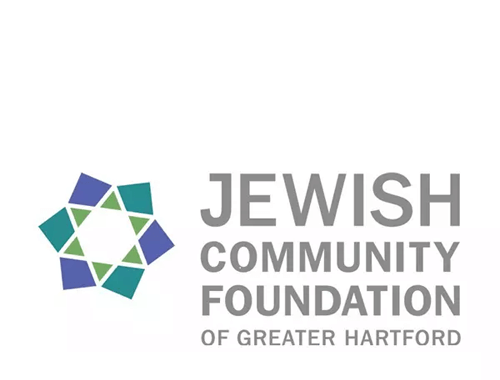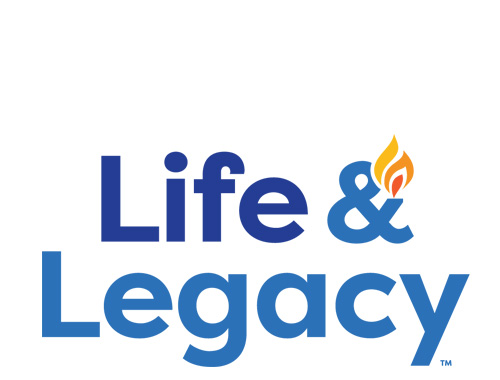Schechter Shavua: February 21, 2025
Students Learn About More than Family in Ha Mishpacha Sheli Program
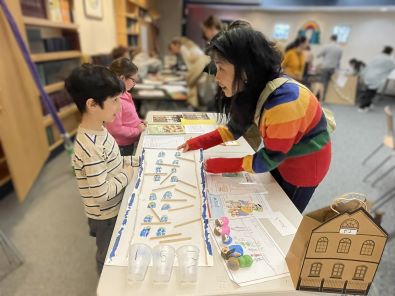 How do mazes connect to a child’s family (mishpacha)?Anafim students (grades 1-2) recently wrapped up a unit about their own Mishpacha, approaching the topic of family through the lenses of Science, Hebrew, Judaic Studies, and Social Studies. Through this unit, students:
How do mazes connect to a child’s family (mishpacha)?Anafim students (grades 1-2) recently wrapped up a unit about their own Mishpacha, approaching the topic of family through the lenses of Science, Hebrew, Judaic Studies, and Social Studies. Through this unit, students:
- practiced writing their first and last names in cursive Hebrew
- learned about body parts using a Hebrew song, which they enjoyed singing together
- learned new family-related vocabulary, both spoken and written, including Mother (Ima), Father (Abba), Brother (Ach), Sister (Achot), Baby (Tinok), pets such as Dog (Kelev) and Cat (Hatul)
- created a family tree and an art project representing their own family members
- 1st graders learned about Noam Raz, an Israeli clay artist, whose work inspired students as they created their own mishpacha out of air-clay
- worked on the writing process to describe their meaningful family artifact, employing question words (who, what, when, where, why, how)
- fine-tuned their writing into a newspaper article about the artifact
- studied the biblical family tree and how we are all connected through Abraham
And about the mazes? Anafim engineers learned about the design process and worked through that process to design, plan, create, and re-design mazes. The mazes represented the path that the students' artifacts took from where they originated to the students’ home in West Hartford. Students constructed their mazes from a wide variety of materials including legos, pool noodles, wiki stix, popsicle sticks and more.
Click HEREto see photos throughout the Mishpacha unit
“Creature Like Me” Project Teaches Cool New Tools and also Self-Awareness
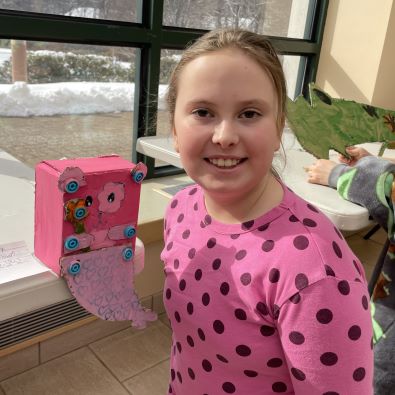 The dreaming never stops in Schechter’s Makerspace! With the help of the Makedo kit, a cool tool recently added to the Makerspace, Alim students (grades 3-4) created animal representations of their own best qualities.
The dreaming never stops in Schechter’s Makerspace! With the help of the Makedo kit, a cool tool recently added to the Makerspace, Alim students (grades 3-4) created animal representations of their own best qualities.
Students discussed what a "Creature Like Me" might represent, thinking about different character traits and reflecting on some of their own best qualities. Each student wrote down what they thought they were good at and what they love doing. They identified several personal strengths (think humor, courage, kindness, etc.), then sketched what they might build as our cardboard creature.
The Makedo uses a safe saw to quickly cut through cardboard, but it never cuts through skin! The “fold roller” perforates cardboard, making it so much easier to fold, and the “Scru driver” screws in the blue “Scrus” which can fasten together up to three thick pieces of cardboard! Students learned by doing: what size might work best, how to attach legs or tails or ears, and how to make their creature three dimensional. The creatures are amazing fantastical representations of each student’s best self!
Scorpions Basketball Leaves Students Motivated and Supportive
by Nava E. (grade 7)
The Schechter Scorpions basketball team is one of a kind. In practice we like to focus on intensity, one of the keys to success. We like to stay positive in practice too. Every practice we read a paragraph from “The Mamba Mentality” by the one and only Kobe Bryant. This helps us motivate each other and ourselves to always try our hardest, which makes the practice so enjoyable because you are around people who push you up when you are down. This is a contributor to motivating our classmates, whether on the team or not. Another factor is conditioning—it can sometimes be exhausting, but it allows us to come out to our games better, faster, and stronger. Coach Jerrell was the one who introduced us to this mentality, and our team can’t thank him enough for what he has done to help us improve.
The Schechter basketball team goes from fifth grade to eighth grade. We had eleven players on the team this year. We practiced Mondays and Tuesdays, every week. Sadly, our season ended at two wins and two losses. Our first game was one of our best. We played at Watkinson; we lost but fought hard. It ended in overtime with us one basket behind Watkinson. We then played against Renbrook, Covenant and KO. We ended our season with a win against KO.
Click HEREfor more photos from throughout the basketball season!
Students Contribute to Modern Hebrew Vocabulary in 2nd Place Win!
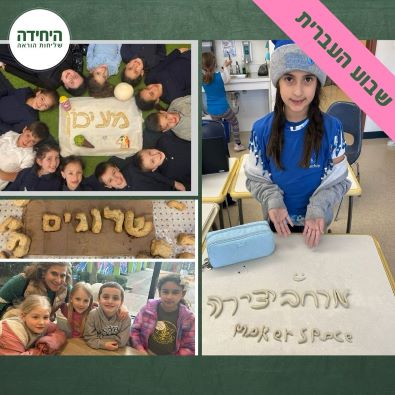 Exciting news! Schechter students won second place in the Hebrew Language Academy competition. Tasked with creating a new word for the Hebrew language on Yom HaIvrit (Hebrew language day), our students submitted מרחב -יצירה Merchav Yetzira, the new term we use to refer to our fabulous Maker Space (it loosely translates as "Creation Space"). We are so proud that our students have made a contribution to contemporary Hebrew vocabulary!
Exciting news! Schechter students won second place in the Hebrew Language Academy competition. Tasked with creating a new word for the Hebrew language on Yom HaIvrit (Hebrew language day), our students submitted מרחב -יצירה Merchav Yetzira, the new term we use to refer to our fabulous Maker Space (it loosely translates as "Creation Space"). We are so proud that our students have made a contribution to contemporary Hebrew vocabulary!
Parashat Mishpatim 5785--We Need to Understand!
Dedicated, with anguish, in memory of Shiri, Ariel, and Kfir Bibas, Oded Lifshitz, and all the other innocent souls who have perished in this war.
 “Do it again until you get it right.” When we hear these words from a trainer, coach, or teacher, we wince. Practice may make perfect, but is rarely fun. This kind of repetition is easier, though, when we are aware of the flaw we’re trying to fix: a botched chord on the piano, a miserable free-throw percentage, a scene in a play that just doesn’t flow. But if we are asked to repeat an action without understanding why, it can be incredibly frustrating. Think of Daniel LaRusso in The Karate Kid , waxing on and off without knowing why, or the USA Olympic hockey team in Miracle, being forced to skate out and back, again and again, with no explanation.
“Do it again until you get it right.” When we hear these words from a trainer, coach, or teacher, we wince. Practice may make perfect, but is rarely fun. This kind of repetition is easier, though, when we are aware of the flaw we’re trying to fix: a botched chord on the piano, a miserable free-throw percentage, a scene in a play that just doesn’t flow. But if we are asked to repeat an action without understanding why, it can be incredibly frustrating. Think of Daniel LaRusso in The Karate Kid , waxing on and off without knowing why, or the USA Olympic hockey team in Miracle, being forced to skate out and back, again and again, with no explanation.
Towards the end of Parashat Mishpatim, Moses reviews God’s laws with the Israelites, and they reply as one: “All the things that the Lord has commanded, we will do—na’aseh .” We imagine that this commitment to obedience is exactly what God wanted to hear—but it isn’t. The next morning, Moses again convened the people, and after offering some sacrifices, he read the terms of the covenant all over again! Rabbi Efraim of Luntschitz, known as the K’li Yekar, says that this is because they got something wrong the first time. Not until the second time, when the people respond na’aseh ve-nishma, “We will do and we will listen,” do Moses and other leaders ascend the mountain and see a vision of God.
Apparently, “We will do” was the wrong response; “We will do and we will listen” was what Moses really wanted to hear. What is the key difference between the two? The former expresses blind obedience, which neither God nor Moses wanted; the latter conveys a commitment to act with understanding. That was the partnership God sought with them—and with us as well. God wants us to ask “Why?”
At Schechter, we believe in na’aseh venishma. This year, our seventh graders are getting started on a new “Tough Jewish Questions” project. Working with Rabbi Chatinover, they will formulate questions related to Jewish practice and belief that are personally meaningful to them—and then they will research answers, guided by helpful mentors. I know the answers will be interesting… but I’m most excited about the questions. May our students grow to be thoughtful, committed members of the Jewish community—and may they always seek to question and understand!
Shabbat shalom,
Rabbi Jonathan Berger
Head of School
Questions for the Shabbat table:
- Lishmo’a means “to hear,” “to listen,” and “to understand.” This verb also appears in the Shema, usually translated as “Hear, O Israel.” How might the Shema’s meaning change if we translate the verb differently?
- As an individual, what are some questions about Jewish practice or belief that you’d explore if you could?
Solomon Schechter Day School
of Greater Hartford
26 Buena Vista Road
West Hartford, CT 06107
© Solomon Schechter Day School of Greater Hartford | Site design Knowles Kreative

